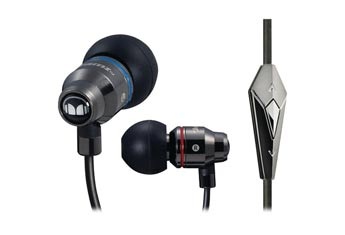Most websites that have lost traffic thanks to decreasing rankings from Google algorithm changes may all have one thing in common: low-quality pages. Sometimes, low-quality pages can be created by scammyranking SEO services who use black hat methods of gaining links and getting low-quality content. Much of the time, however, the low-quality content is naturally created and not catered to search engines.
Such low-quality pages may simply include little to no information at all, or information that shares much in common with other similar websites. This is not always the business owner’s or webmaster’s fault, as sometimes content is automatically created and compiled by whatever content management system or organic SEO company they’re using.
There are different kinds of low-quality pages you should know about, as well as recommended fixes for such pages.
For low-quality profile pages, they may either be empty or spammy. Empty profile pages occur if a website requires membership in order to enter. Since some membership profile pages may not contain anything more than a username and email, you may end up with plenty of empty fields and empty pages. Some of these profiles may even be hijacked by spammers who place spam links to your comments fields.
A solution for empty or spammy profile pages could be to make profiles invisible or inaccessible to anyone who isn’t registered or logged in as a member. You could also allow professional SEO services to add noindex meta tags to profile pages. You can also require that current members include more information than just a name and email.
Other common causes of low-quality pages include empty directory and search results pages, or faulty tag pages. An empty directory can occur as the result of a website that is set up with a too-granular categorization, with zero results contained in them, causing a disorganized user experience. As for tag pages, sometimes either too many tags or the wrong tags can create low-quality pages. Tags can also be too-specific, in that only one post will come up for that tag. Tags that only come up with just one post may be deemed low-quality by a search engine.
One suggested solution for fixing tag pages is to create only a limited number of them. Organic SEO services would suggest that you not use tags for keyword-stuffing, but for making the browsing of your blog easier. If you’ve already have tons of tags and there’s no way to start over then add “rel=nofollow” to all your meaningless tags links themselves, followed by the “noindex, follow” meta tag on the landing pages. This curbs any duplicate pages created by the tags, but also leads you to follow relevant links contained within those tags.
Another low-quality page is a post that simply provides a link to another page with little to no other content, perhaps with only a “Hey, here’s something that might be of interest.”
A quick fix for this could be to place these recommended links in social media outlets instead of your website.
Low-quality pages can happen organically, whether you intended to or not. Be sure to check and re-check your site for these low-quality pages so that you don’t get punished by Google’s next crawl.


